An Air Quality Pro Spills the Beans: How to Choose an Air Purifier That Actually Works
I’ve been working on home ventilation and air quality for over a decade, and some jobs you just never forget. I once got a call to a small apartment, home to two heavy smokers and three fluffy, long-haired cats. They’d just dropped some serious cash on a fancy new air purifier and were convinced it was broken.
In this article
So, I opened it up. What was supposed to be a crisp white HEPA filter was a sticky, gross brownish-yellow. The carbon pre-filter was so completely matted with cat hair and dust that you couldn’t see the filter material underneath. And here’s the kicker: they’d only had it for three months.
That filter told me everything I needed to know. It was a perfect, horrifying snapshot of what that family was breathing in every single day. The purifier wasn’t broken at all; it was just completely overwhelmed. That day it really clicked for me: air purifiers aren’t magic boxes. They’re specialized tools, and if you don’t understand what they do, their limits, and how to use them right, you’re just throwing money away. This guide is me cutting through all the marketing hype to tell you what really matters.
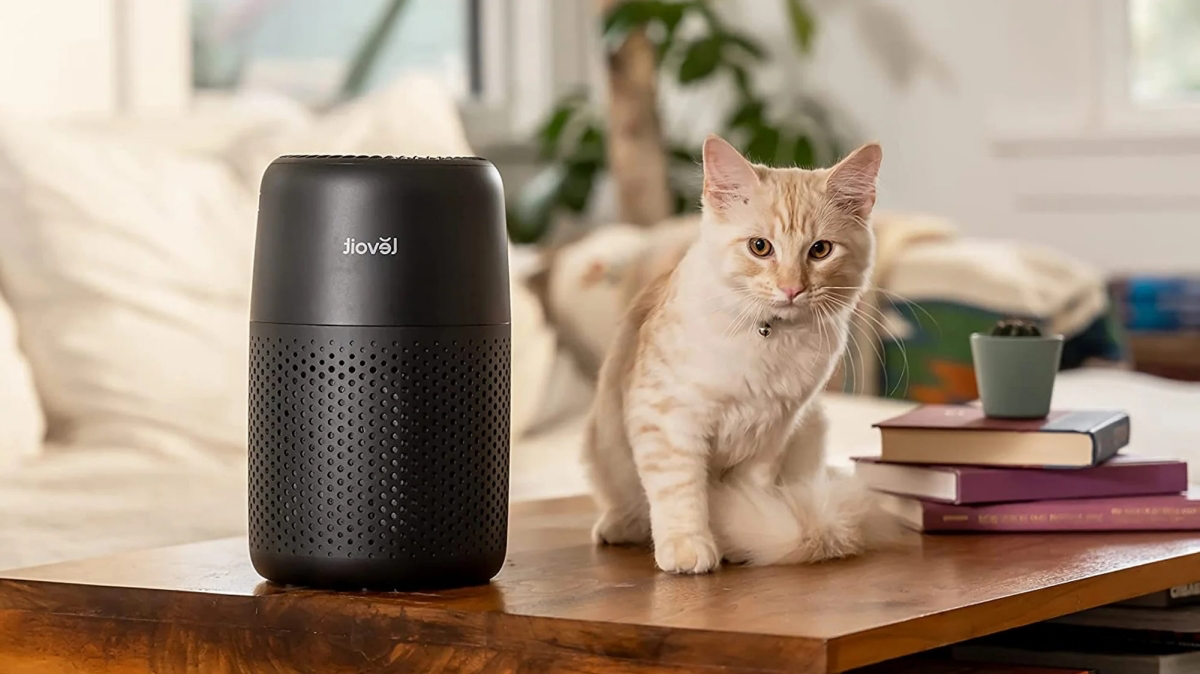
The Guts of an Air Purifier: What’s Happening Inside the Box?
At the end of the day, a portable air purifier is a pretty simple machine—just a fan and a filter stuffed into a housing. The fan sucks in the air from your room, shoves it through the filter, and pushes cleaned air back out. The real magic, and where your money goes, is in the quality of those filters.
The Gold Standard: True HEPA Filters
When it comes to grabbing tiny particles out of the air, nothing beats a mechanical filter. The best of the best is what we call a “True HEPA” filter. This isn’t just a marketing term; it’s a government-backed standard that means the filter is certified to capture 99.97% of airborne particles that are 0.3 microns in size.
Why that specific size? Well, it’s the hardest particle size to catch. Bigger stuff like dust, pollen, and pet dander gets trapped easily. Super tiny particles (under 0.1 microns) zip around randomly and eventually smack into the filter fibers. But those 0.3-micron particles are slippery. A filter that can reliably trap them can easily grab everything bigger and smaller, including most smoke particles, mold spores, and even some airborne bacteria.
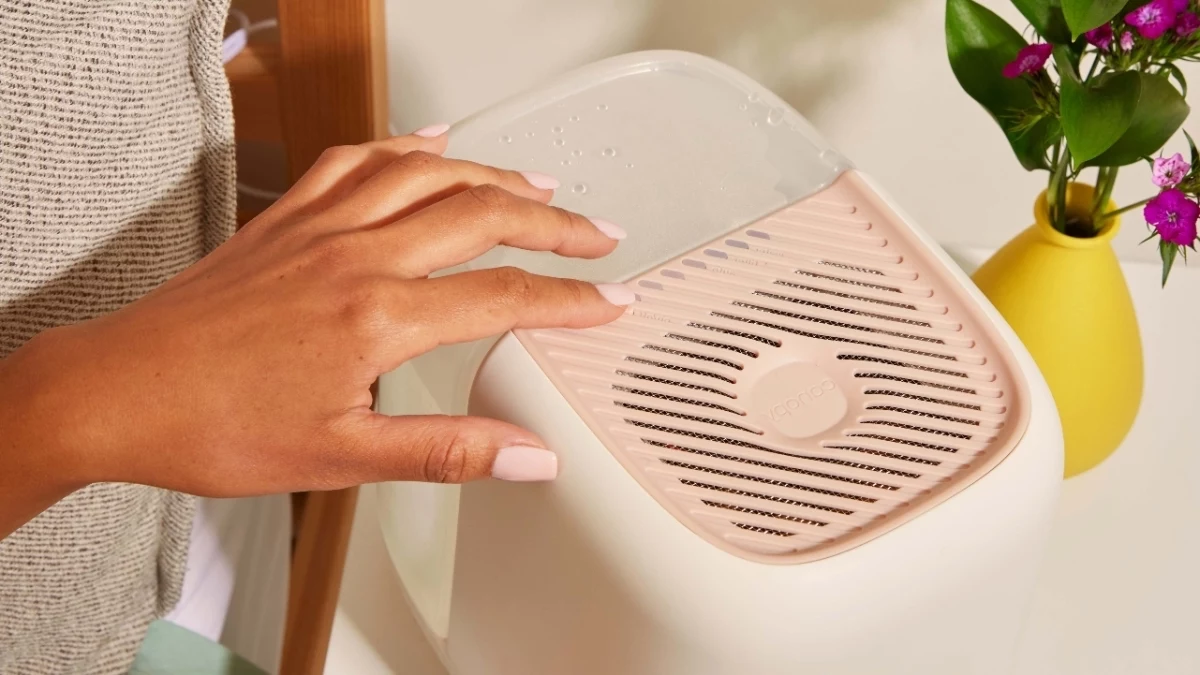
Heads up! You’ll see terms like “HEPA-type” or “HEPA-like” on cheaper units. These mean absolutely nothing and are designed to fool you. They don’t meet the official standard. If you’re dealing with allergies or asthma, you absolutely must look for the words “True HEPA.”
For Smells and Fumes: The Power of Activated Carbon
A HEPA filter is a rockstar for particles, but it does zip for smells, gases, and chemicals. That’s where activated carbon comes in. Think of it as a sponge for odors and fumes. The carbon is treated to create millions of microscopic pores, giving it a massive surface area. (A single gram of this stuff can have the surface area of a football field, which is pretty mind-blowing).
Gaseous pollutants like cooking smells, pet odors, and nasty VOCs (Volatile Organic Compounds) from new furniture or paint get drawn into these pores and stick to the surface. But here’s the catch: for it to work, you need a lot of it. A thin, flimsy sheet that’s just dusted with black powder won’t do much. For serious odor or chemical removal, like from wildfire smoke, you shouldn’t even consider a unit with less than a few pounds of actual carbon pellets. Seriously, ask about the carbon weight before you buy.
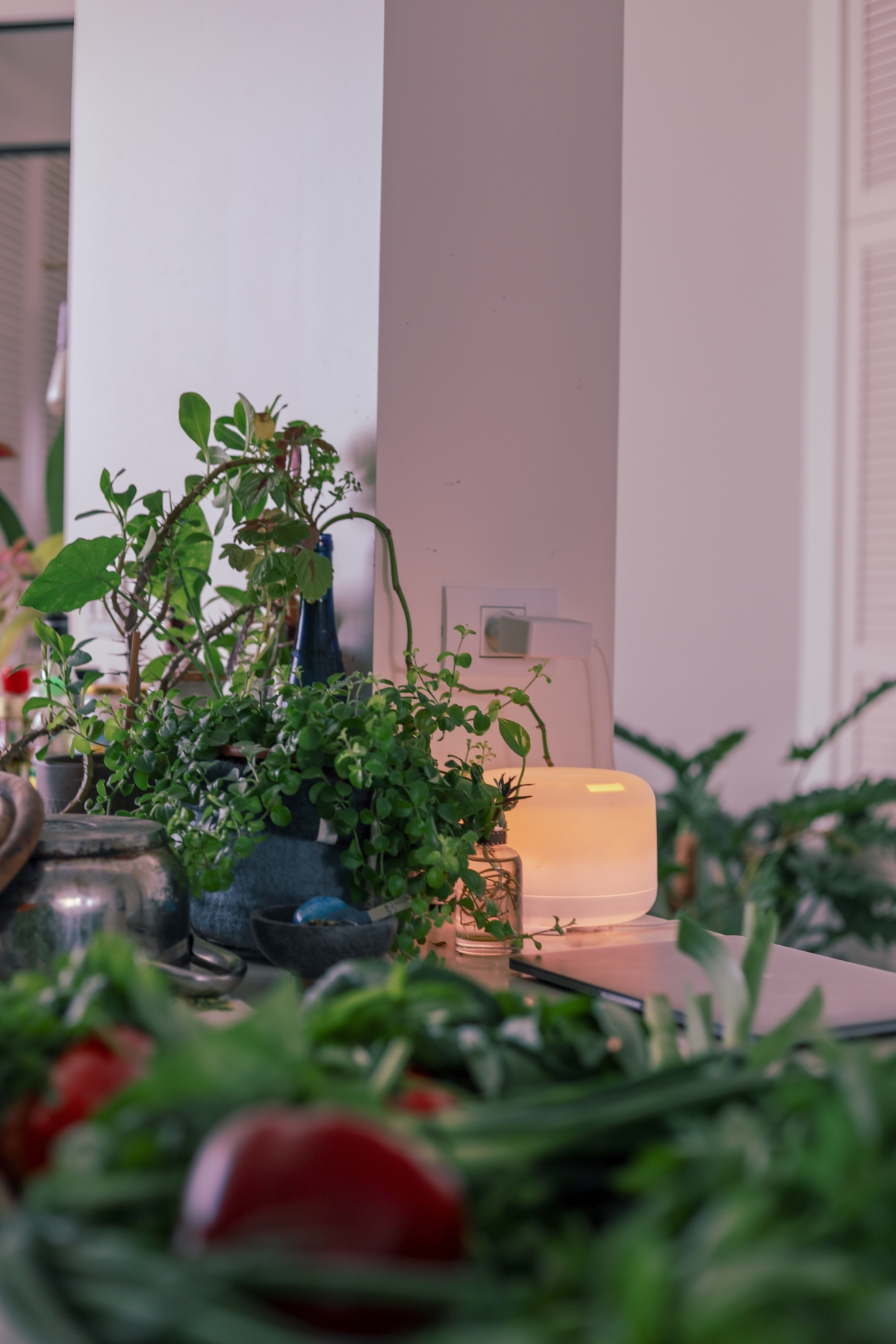
Other Tech: Gimmicks to Be Wary Of
You’ll see a lot of other features advertised, and honestly, most aren’t worth the extra money.
- UV-C Light: In theory, UV light zaps germs. In a hospital’s high-powered HVAC system, it works. But in a small home purifier, the air moves past the little bulb so fast that the germs barely get a tan. I consider it a marketing gimmick in 99% of home units.
- Ionizers & Ozone: These shoot out charged ions that make dust particles clump together and fall onto your furniture. The problem is that this process can create ozone, which is a known lung irritant. NEVER buy something sold as an “ozone generator.” If a unit has an ionizer feature, it absolutely MUST be certified by the California Air Resources Board (CARB). You can check their official list online to be sure it’s tested and safe.
Oh, and one more thing: air purifiers do not reduce carbon dioxide (CO2). That stuffy feeling you get in a closed room? That’s CO2 buildup from breathing. The only way to lower CO2 is with fresh air, so crack a window!
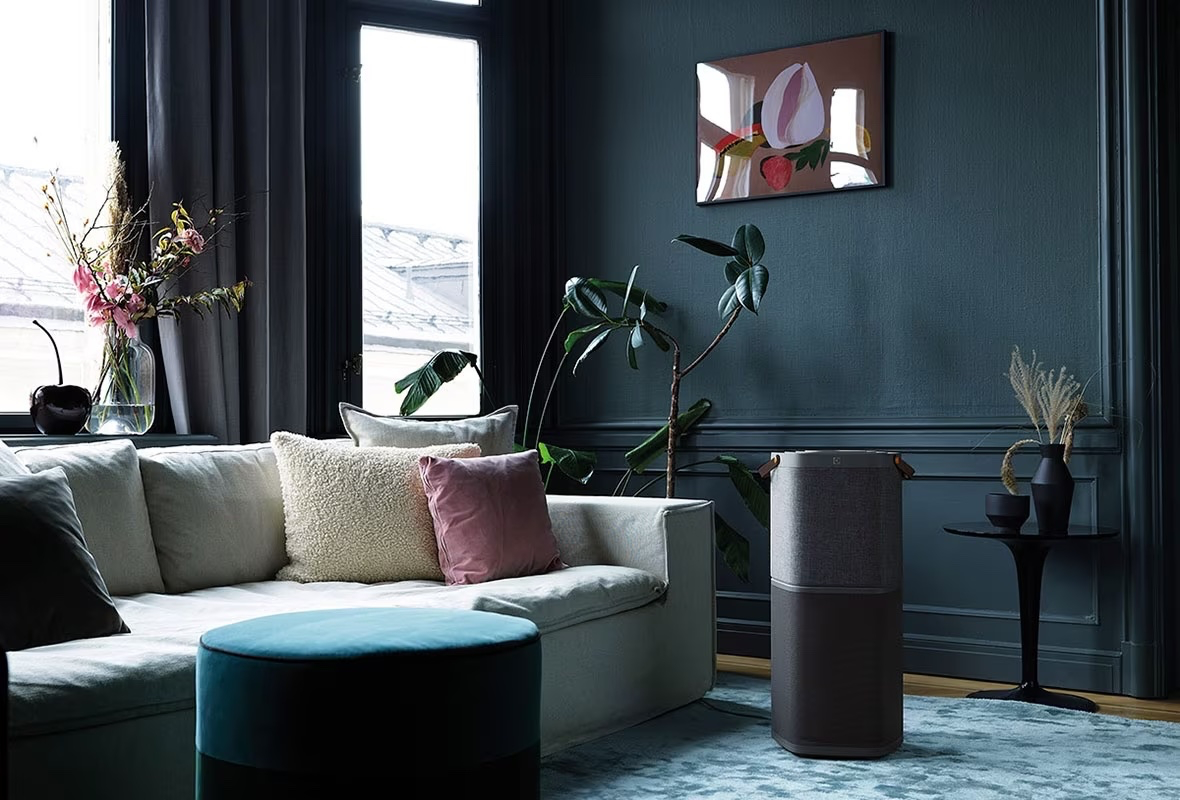
How the Pros Do It: Getting the Size and Placement Right
Buying the most powerful purifier is useless if it’s in the wrong room. The single most important number to look for is the Clean Air Delivery Rate (CADR). It’s a certified rating that tells you how many cubic feet of clean air the unit produces per minute. A certified unit will have three CADR numbers: for smoke, dust, and pollen. The higher the numbers, the faster it cleans.
The Two-Thirds Rule for Sizing
For most homes, I recommend a purifier that can change the air in the room about 4 to 5 times per hour (we call this ACH). This is especially important for allergy sufferers because it grabs allergens before they can settle.
Here’s a simple rule of thumb to get it right:
- Figure out your room’s square footage (just multiply length by width).
- Look at the purifier’s smoke CADR number, since smoke particles are the smallest and hardest to catch.
- Make sure that smoke CADR number is at least two-thirds of your room’s square footage.
Let’s do a quick example: Your bedroom is 12 feet by 15 feet. That’s 180 square feet. Two-thirds of 180 is 120. So, you should be shopping for a purifier with a smoke CADR of at least 120. A popular workhorse model from a brand like Levoit or Coway often fits this spec perfectly. See? Not so scary.
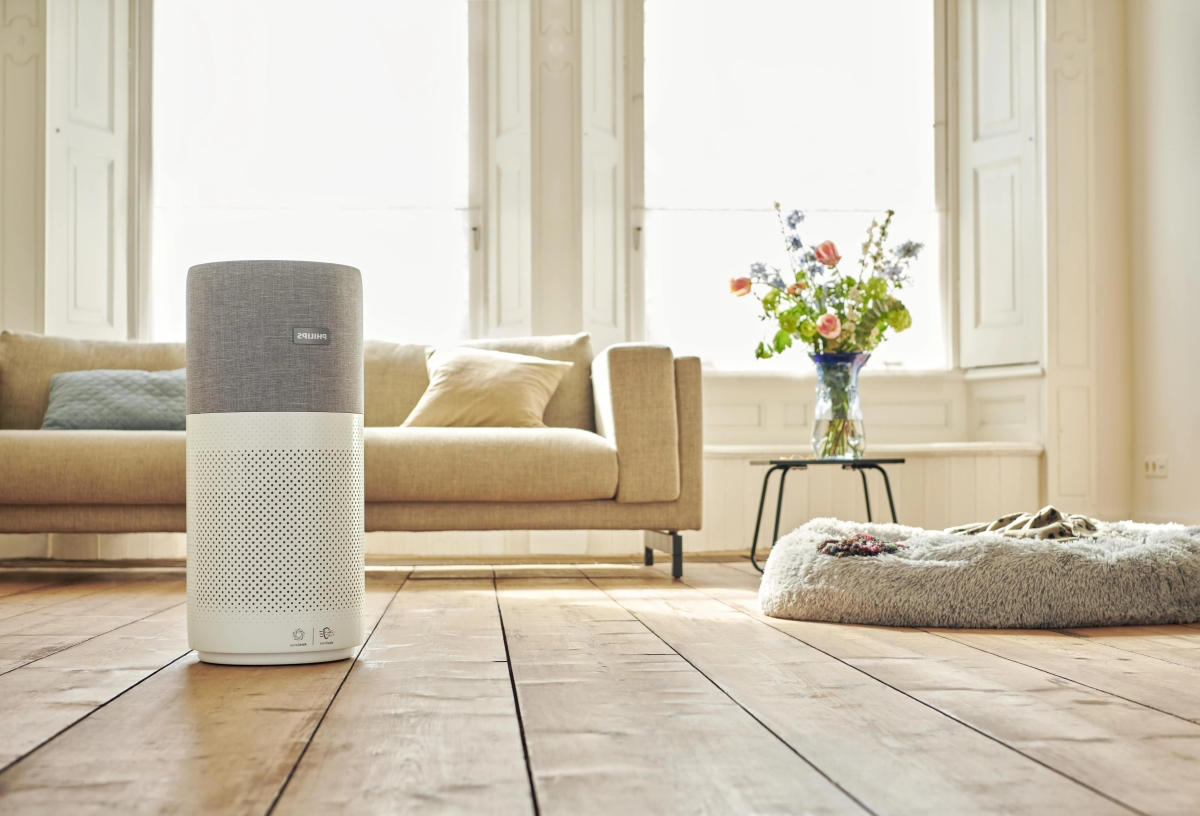
Where You Put It Matters. A Lot.
Don’t just shove your new purifier in a corner behind the couch. It needs room to breathe! Give it at least a foot of clear space on all sides to create a good airflow pattern. For most people, the bedroom is the most important place for a purifier. You spend a third of your life in there, and clean air while you sleep can be a game-changer for morning allergies. If you only have one, put it in the bedroom at night and move it to your main living area during the day.
The Budget-Friendly Elephant in the Room: The DIY Option
Look, good air purifiers can be pricey, starting around $150 for a decent small-room model and going up to $800+ for heavy-duty machines. If that’s not in your budget, I get it. There’s a fantastic DIY alternative the air quality community has been using for a while now.
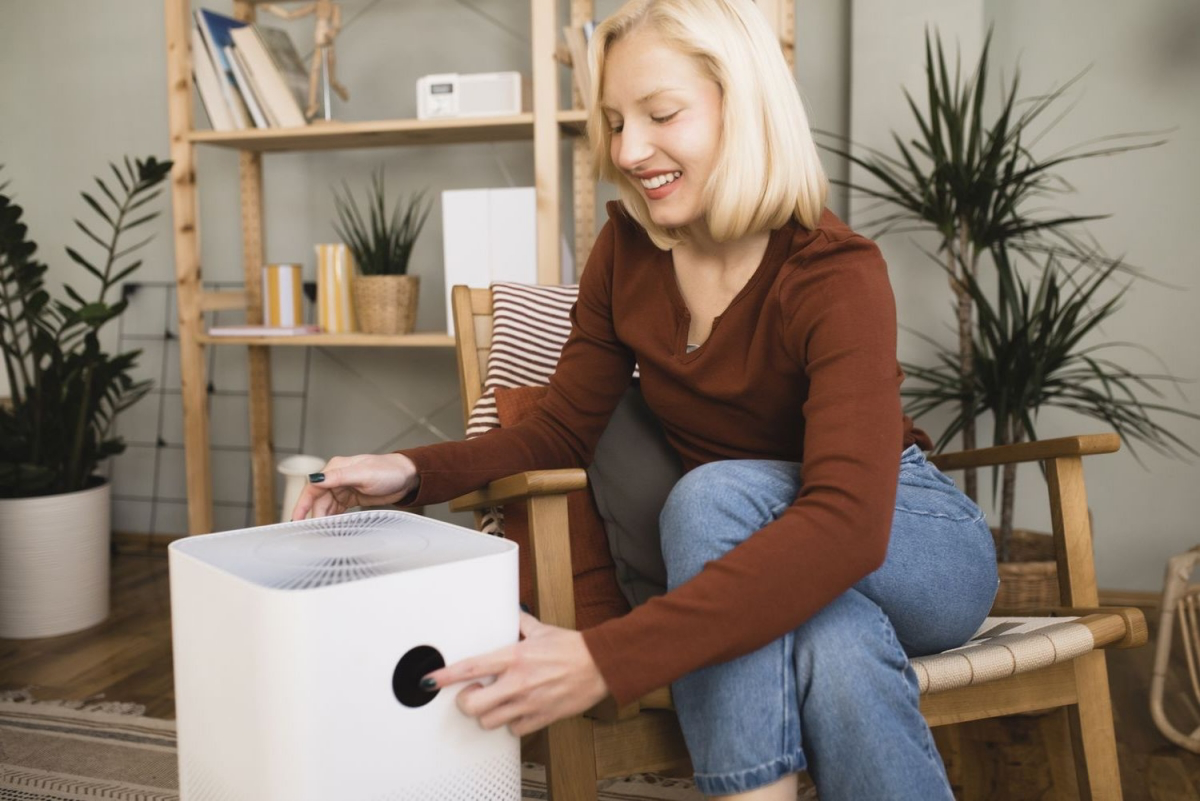
It’s called a Corsi-Rosenthal Box. All it is is a standard 20-inch box fan, four high-quality furnace filters (look for MERV 13 rating), and a roll of duct tape. You basically tape the filters together to form a cube on the intake side of the fan. It looks a bit clunky, but for under $100 in parts from a store like Home Depot, you get a particle-filtering beast with a massive CADR. It’s loud and doesn’t have a carbon filter for smells, but for raw particle removal (like for smoke or allergens), it outperforms many expensive commercial units.
Your Buyer’s Checklist: Don’t Go Shopping Without It
Ready to buy? Here’s what you should be looking for. Think of it as your cheat sheet.
- Is it a True HEPA filter? This is non-negotiable for particle control.
- Does it have a certified CADR? Look for the AHAM Verifide label and match the CADR to your room size using the two-thirds rule.
- Do you need carbon? If smells, smoke, or chemicals are your problem, make sure it has a thick, heavy carbon filter with several pounds of material, not just a flimsy pre-filter.
- How loud is it? Check the decibel (dB) ratings. For a bedroom, you want something under 35 dB on its lowest setting—that’s about the sound of a whisper. Anything over 50 dB is like a modern fridge and might be too noisy for sleeping.
- What’s the real cost? Before you click “buy,” check the price of replacement filters and how often they need changing. A cheap unit with expensive filters is a classic budget trap. A purifier might cost $150, but if its filters are $80 every six months, your total cost is much higher than a $250 unit with a $60 filter that lasts a full year.
- Is it CARB Certified? If it has an ionizer, this is an absolute must-have for safety.
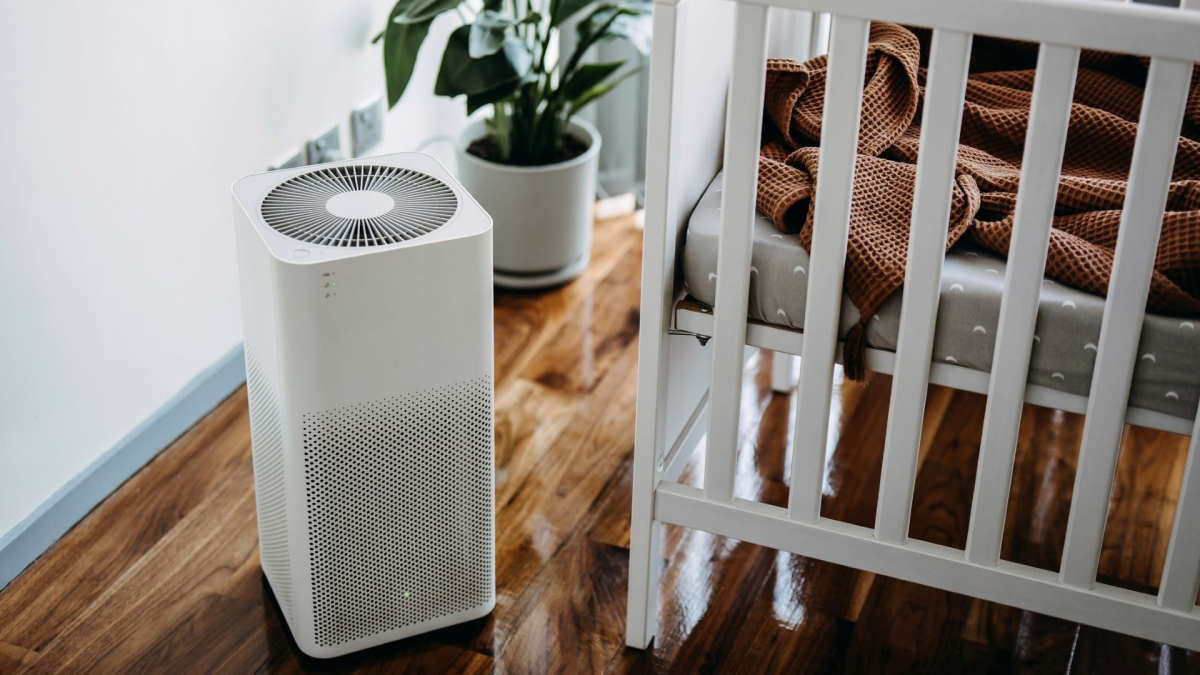
Keeping It Working: Maintenance Isn’t Optional
Remember that clogged-up filter I told you about? A purifier with a dirty filter isn’t purifying anything. In fact, it’s just straining its motor and making noise. Filter maintenance is key.
Most units have a washable or vacuum-able pre-filter that catches the big stuff like pet hair. From my experience, cleaning this every 2-4 weeks will dramatically extend the life of your expensive main filters. The main HEPA and carbon filters will need to be replaced. Manufacturers suggest anywhere from 6 to 12 months, but in a polluted environment, you might need to change them much sooner. When in doubt, a visual check or a noticeable drop in airflow will tell you it’s time.
And by the way, what happened with that family with the cats and the smoky apartment? I got them on a proper maintenance schedule and had them switch to a unit with a much beefier carbon filter. A few months later, they told me it was the best investment they’d ever made. They were breathing better, sleeping better, and the constant stuffiness was gone. It just goes to show—the right tool, used the right way, makes all the difference.
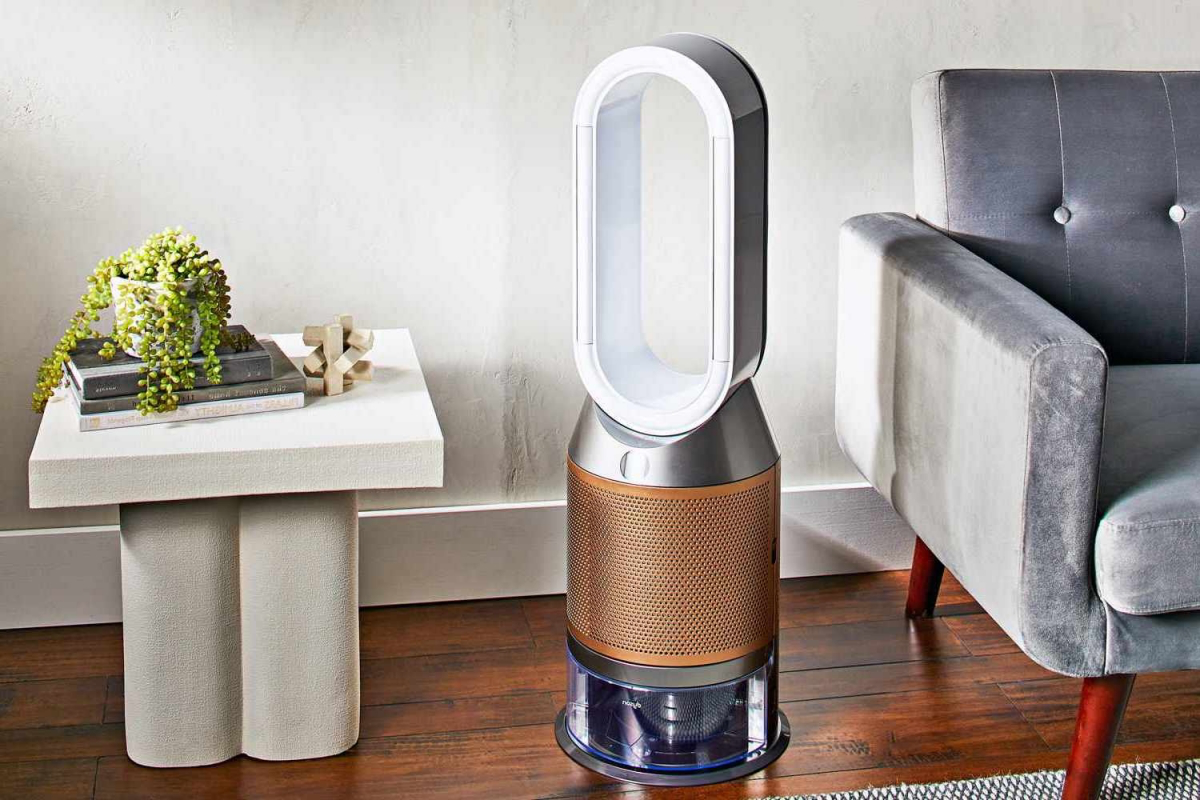
Galerie d’inspiration

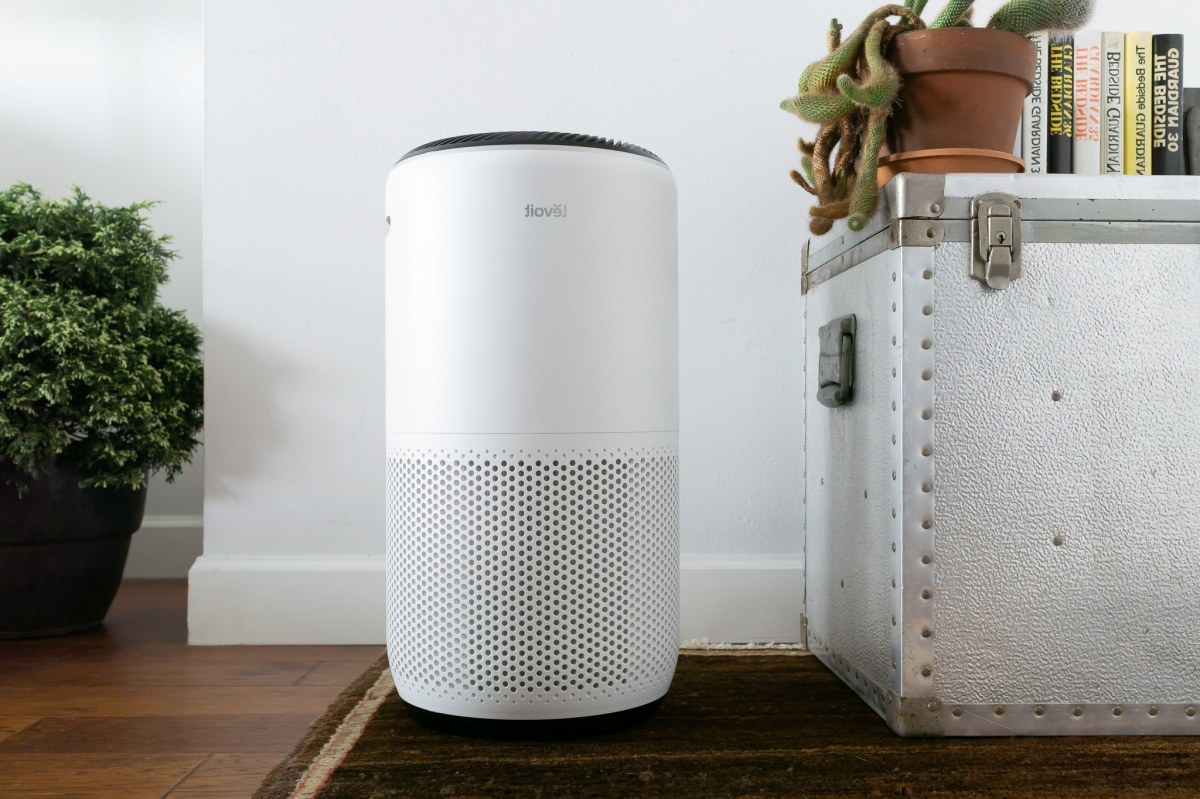
What on earth does ‘CADR’ mean on the box?
Think of it as the purifier’s horsepower. CADR stands for Clean Air Delivery Rate, and it measures how quickly the purifier cleans a room of a specific size. It’s broken down into three numbers: one for smoke, one for dust, and one for pollen. For simplicity, look at the smoke number, as it represents the smallest particles. A good rule of thumb is to choose a purifier with a CADR rating that is roughly two-thirds of your room’s square footage. So, for a 300 sq. ft. living room, you’d want a unit with a CADR of at least 200.

The U.S. Environmental Protection Agency (EPA) consistently ranks indoor air pollution among the top five environmental risks to public health.
It’s a startling fact. We often worry about outdoor smog, but the air inside our homes can be concentrated with pollutants from cooking fumes, cleaning products, and even gases released from new furniture (VOCs). While a HEPA filter is the champion for dust and dander, a quality activated carbon filter is what tackles these invisible gaseous threats, neutralizing odors and chemical pollutants for air that doesn’t just look clean, but truly is.
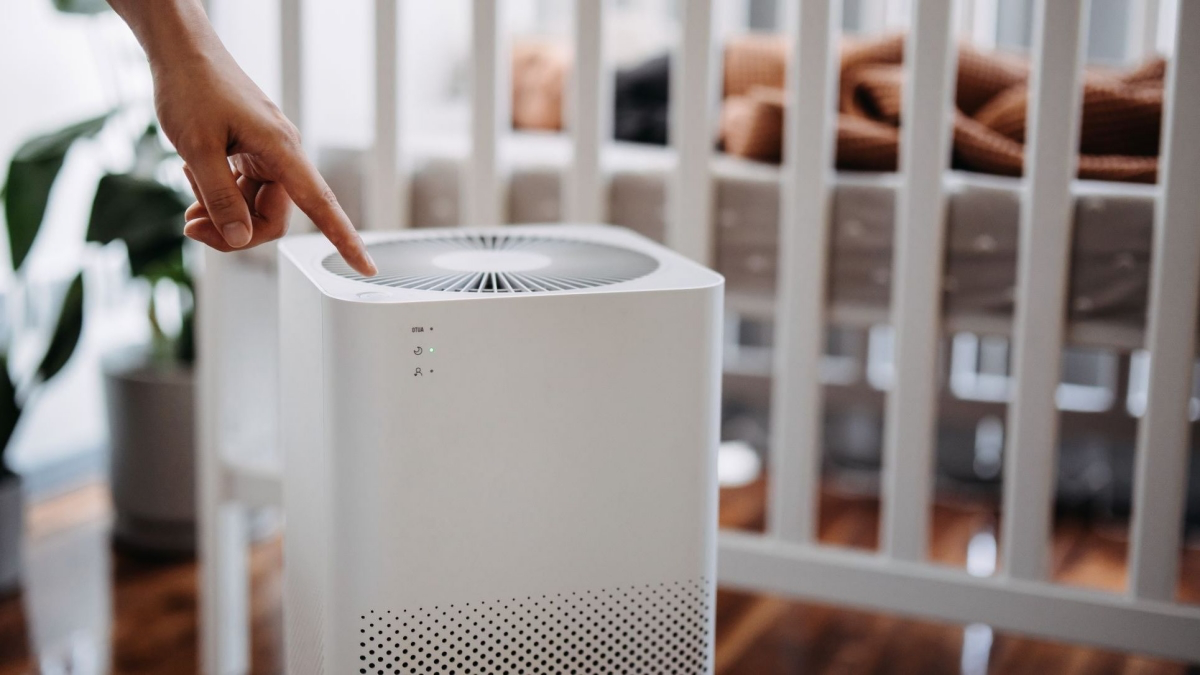
Particle Filter: Excellent for capturing physical particles like dust, pet dander, and pollen. Most standard purifiers, like many from Levoit’s Core series, excel at this.
Carbon-Heavy Filter: Essential for adsorbing gases, smoke, odors, and VOCs. Units like the Austin Air HealthMate® use several pounds of activated carbon alongside a HEPA filter.
If your main concern is allergies, a standard HEPA will do. But for city apartments with traffic pollution, homes with smokers, or sensitivity to chemical smells, a robust carbon filter is non-negotiable.
Don’t hide your hero. Tucking your air purifier in a corner or behind the sofa severely chokes its performance. For maximum efficiency, it needs space to breathe. Give it at least a foot of open air on all sides to create a powerful air circulation pattern that continuously draws in polluted air and pushes out clean air across the entire room.










